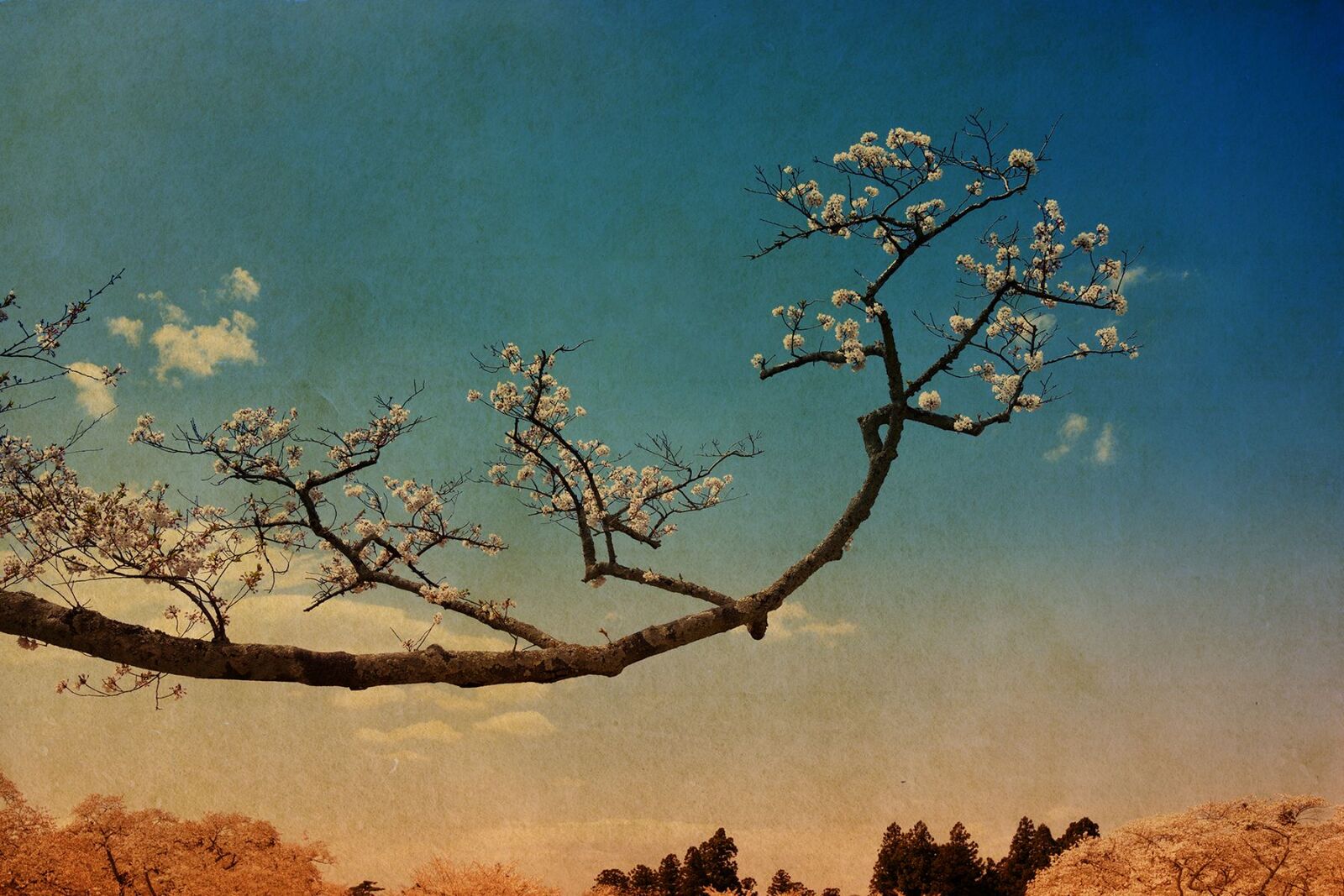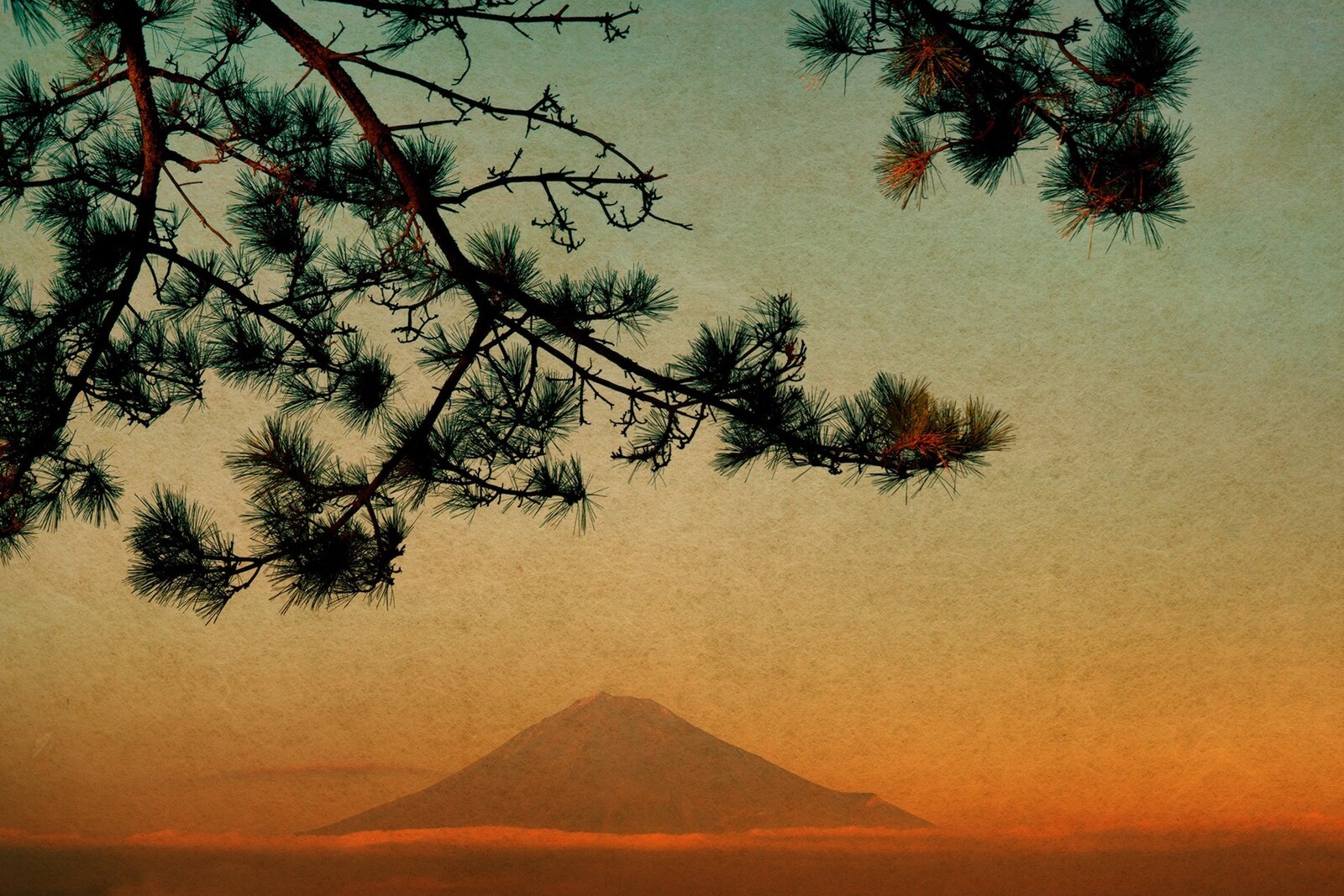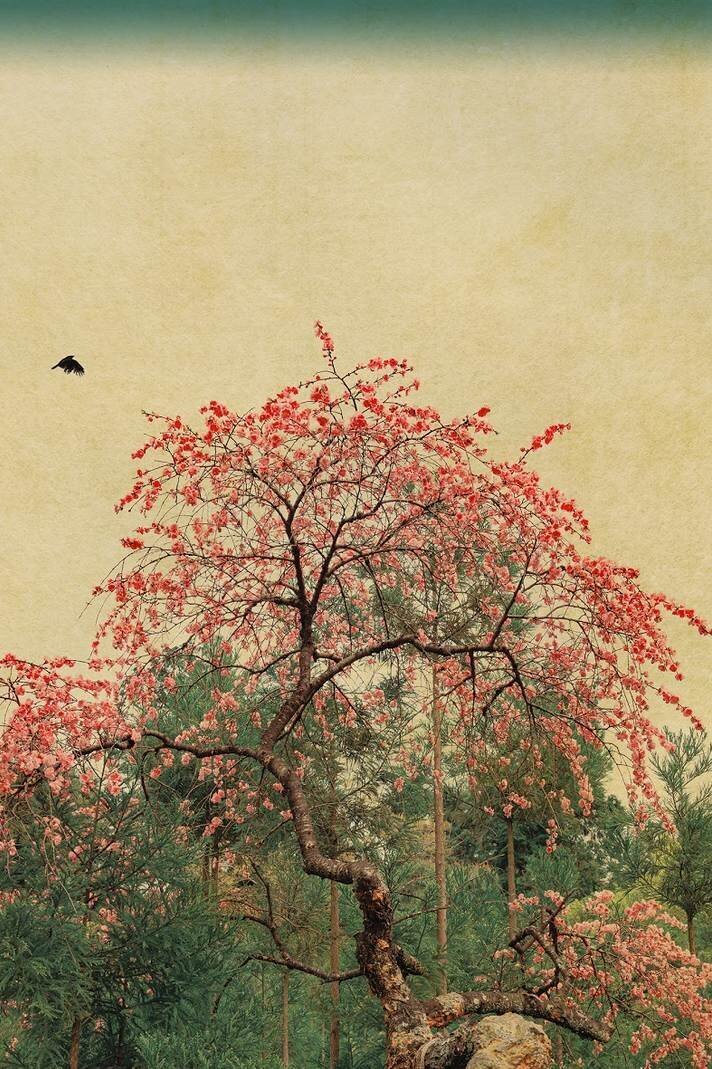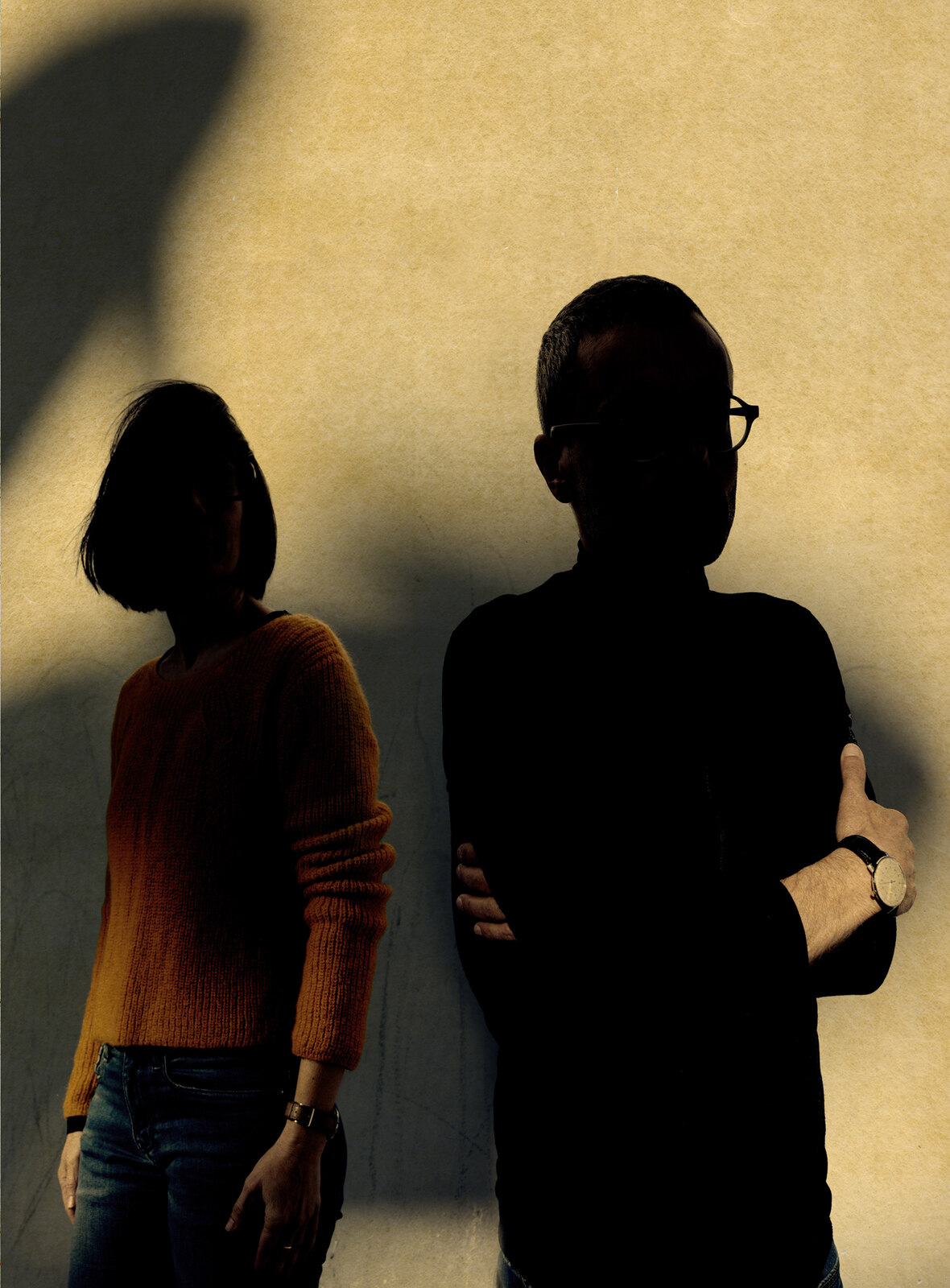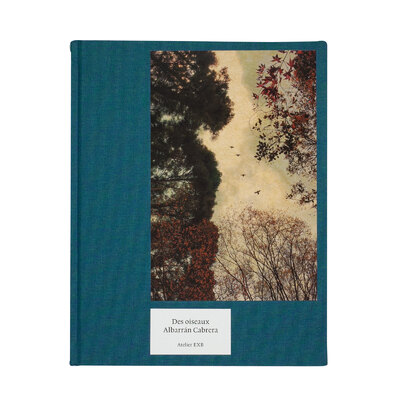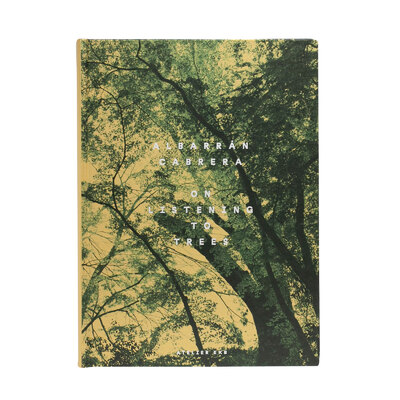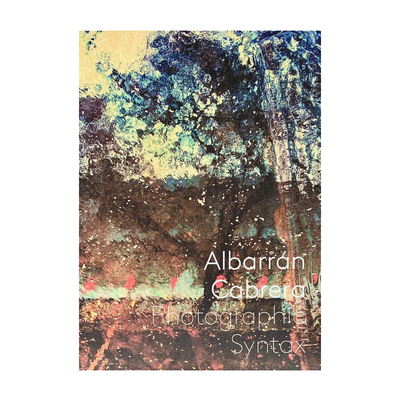Albarrán CABRERA
アルバラン・カブレラ
Angel Albarrán (b.1969, Barcelona) and Anna Cabrera (b. 1969, Sevilla) have worked collaboratively as art photographers since 1996. A rich inner philosophy about memory and experience — and a special curiosity for photographic chemistry — guide their aesthetic practice. Influenced by both occidental and oriental thinkers and artists, their photographs question our assumptions of time, place and identity in order to stimulate a new understanding of one’s own experience and perception. For the artists, “being conscious of our surroundings isn’t just an important part of life —our surroundings and how we interpret them is life as we know it.”
Albarran Cabrera's photographs have been exhibited in galleries and photo fairs in Spain, Japan, Switzerland, USA, Belgium, The Netherlands, France, Germany, Lebanon, and Italy. Private collections and institutions that house their photographs include Hermès, Goetz Collection, The German Bundestag's Art Collection, Banco de Santander and De Nederlandsche Bank among others. They have also produced photographic prints for institutions such as Fundació La Pedrera, Barcelona; Fundació Toni Catany, Mallorca; Reina Sofía Museum, Madrid; FotoColectania, Barcelona; the Photographic Archive, Barcelona. They have collaborated with publishers such as Adelphi Edizioni, Mondadori Libri, Penguin Random House, Diogenes Verlag, RM Verlag and Ediciones Atalanta and companies/institutions such as La Monnaie De Munt, -Belgium's federal opera house-.
While inspired by literature, painting, film, science and philosophy, Albarrán Cabrera specifically employ the medium of photography to convey their worldview:
'The possibility of having a tool with which to investigate reality is what drew us to the photographic medium. At first we photographed with the simple intention of recording what we saw. But soon our interest shifted from capturing the superficial appearance of reality to investigating its “underlying structure”. Thus, photography has in this way become the perfect philosophical tool with which to understand the world and our images are the by-product of that investigation, the notebooks of our research.
Viewers interpret photographs subjectively by relating them to their personal experience, identity and memory. We are said to be our memories. They define what and who we are and help us to understand our reality. Remembering is nothing other than a process of continuous reconstruction and re-creation. This process is activated voluntarily or when there is a trigger that initiates it. When looking at an image, the brain tries to interpret it using the memories we have stored, generating new memories and new ideas in the process. As a dynamic structure, the brain changes every time a new sensation is experienced or a new thought is generated. In fact, interpreting an image will not only add new ideas to our knowledge and change our way of projecting the future, but will also modify our memories.
As photographers, we can deal with complex subject matters, or the relationship between various topics without having to use a verbal language and its linguistic code. Our tools, instead, are images and photographs. We believe that photography can help us and the viewers to understand challenging concepts in a different way. There is a gap between reality and what we understand as real. And photography, as the Japanese playwright Chikamatsu Monzaemon once said when referring to art in general, lies at the frontier between the real and the unreal, what is true and what is false, thereby helping us to discover what is hidden from us.
However, photography is a limited medium. It is a battle between vision and technology. Photographers can only create what the technology and the processes available in their time enables them to do. All sorts of artistic conventions and personal yearnings can influence a photographer, but they can only go as far as the technology allows them to.
Sometimes the available printing technology is not advanced enough to realise one’s vision. Then it is the artist’s option to change that, either by inventing new techniques and processes or by experimenting with established techniques and using them in a different way. In our case, wanting to find new ways to explain a series of concepts and ideas with photography led us to expand our photographic syntax. We realised that if we wanted to expand the meaning of our work we also needed to expand the rules, principles and processes that make this meaning possible.
This has made us focus on not only the image itself, but also on its physical manifestation as printed photographs. We devote much time and effort to creating the printed representations of our ideas working by ourselves in our darkroom. For us, photographs are not only images, but also physical objects. "The printing method" as William Crawford explains in his book The Keepers of Light, "introduces the final elements of syntax: it determines the form the image takes as a tangible object.... Even the texture of the printed material is part of syntax, because its reflective qualities affect our perception of image tones."
As Lyle Rexer puts it in his book The Edge of Vision: "... photography is simultaneously an investigation of reality and the means of investigating that reality.... photography is not a looking at or a looking through but a looking with."'
Publications
2023 - "Photographic Syntax" Ibasho
2022 - "Photographic Syntax" Ibasho
2020 - "Des Oiseaux" Atelier EXB
